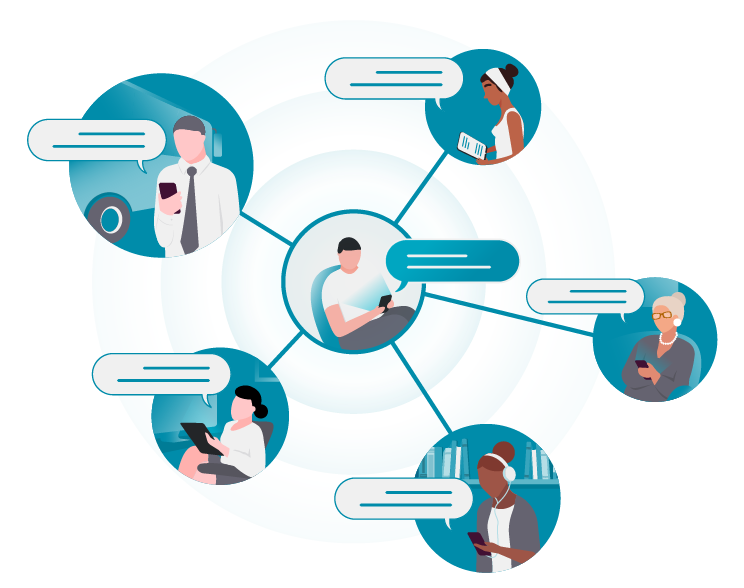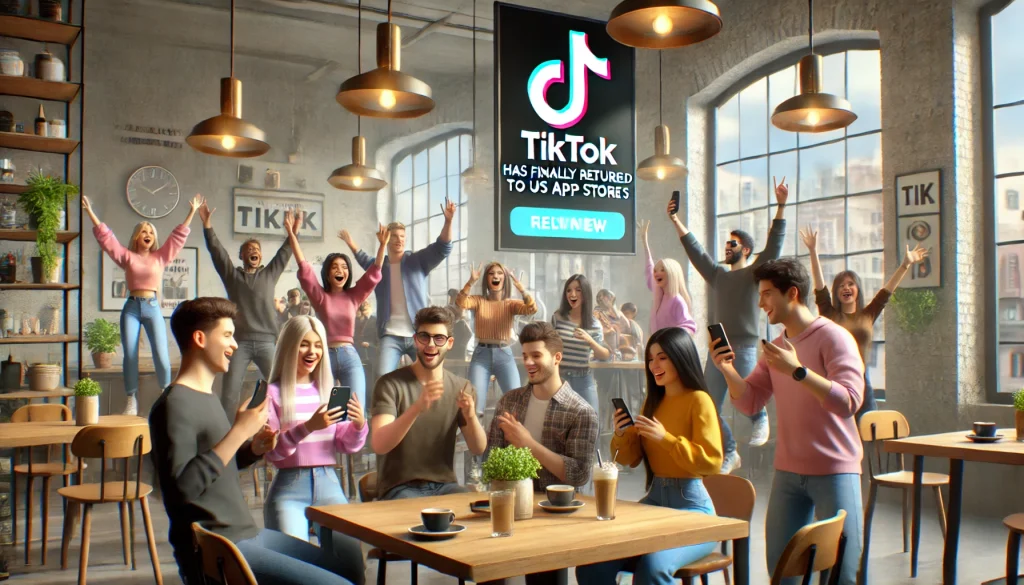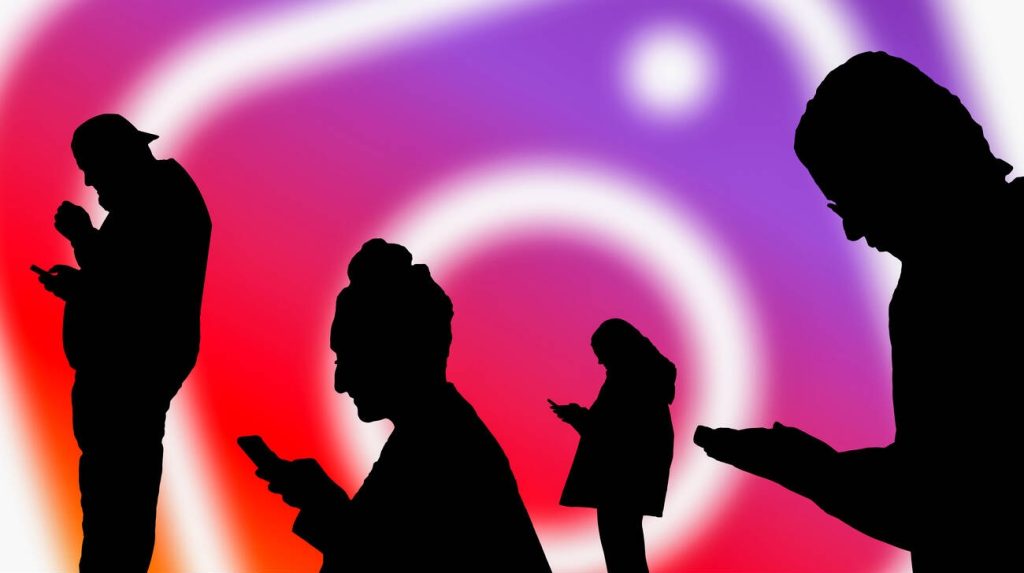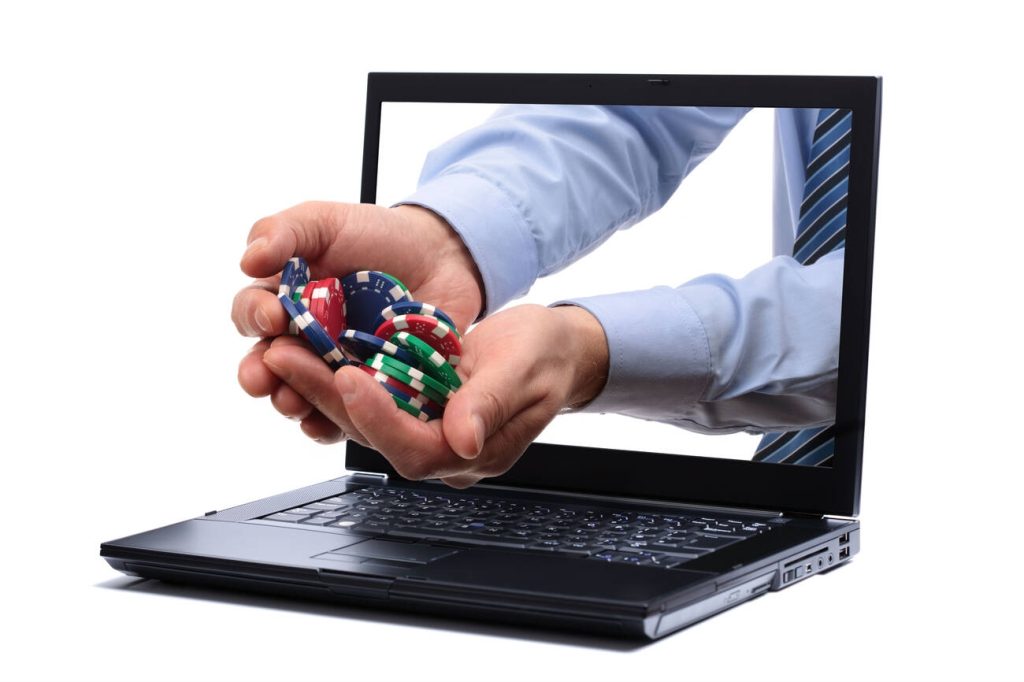The theory is simple: Community organizing is about building relationships and using those relationships to bring people together around a common goal or cause. Relational Voter Organizing is the practice of leaning on the relationships we already have to activate our friends and family to commit to vote.
We can’t just reach out to anyone and everyone—our time is limited and so is our capacity. We need to have a strategy. We have to be focused on the right people in the right places.
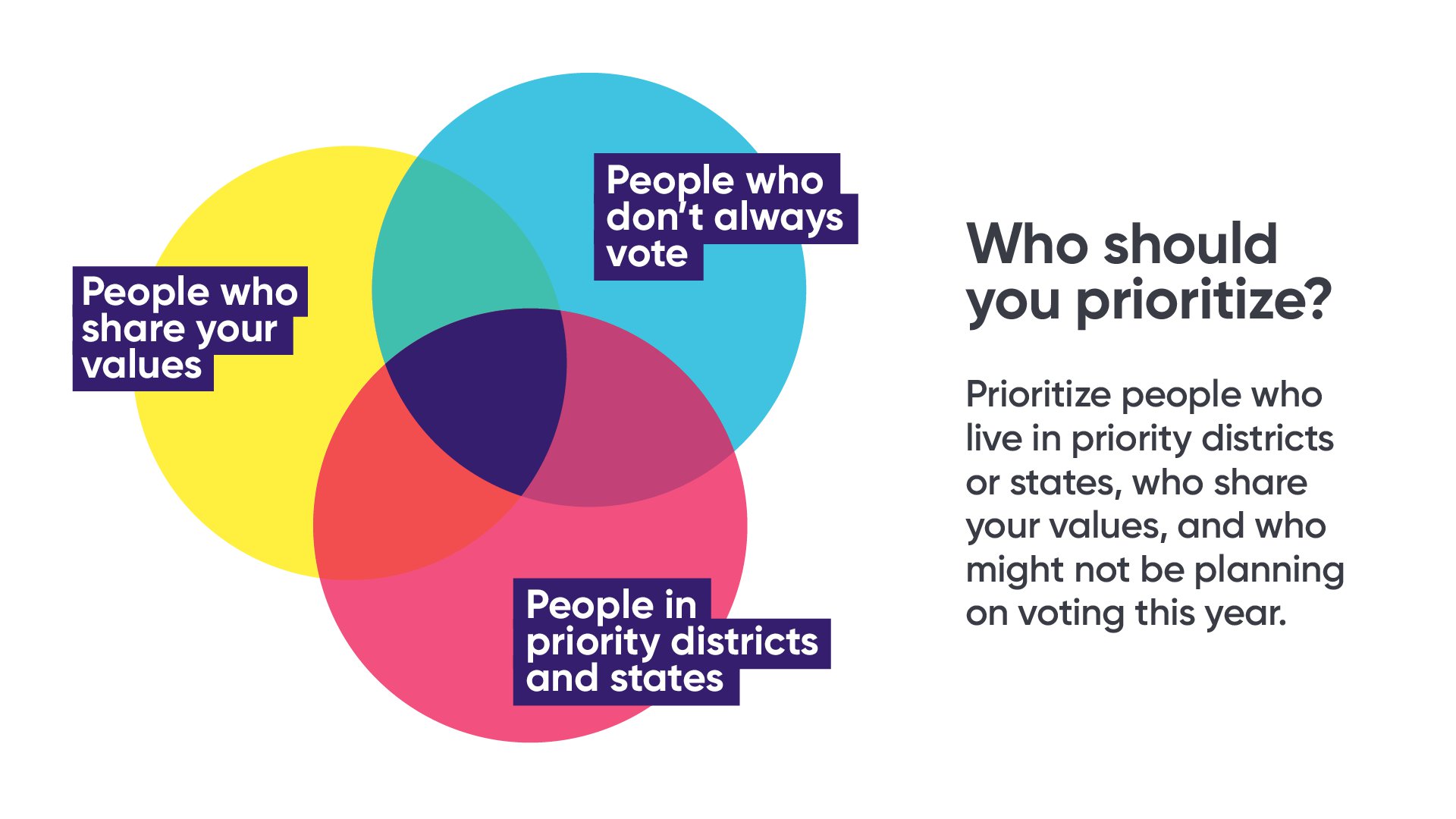
Watch the videos below to understand more about what relational organizing is, why it works, and how you can use it to make an impact in this election.
Please note: While the materials below were created prior to the 2018 midterm elections and focused on increasing turnout during the weeks and months prior to Election Day (November 7, 2018), the information regarding relational organizing is still relevant and applicable to community organizing work, no matter where you live.
Part 1: The basics
There are plenty of reasons why someone might not vote or be civically engaged, but there are just three main reasons why people are: (1) Because they can, (2) because they want to, and (3) because someone asked them to. And that last one is the one we’re focusing on here. But asking works better if the person being asked knows the person doing the asking. In fact, research shows that it’s more than twice as effective. Watch Part 1 for context on the concept of relational organizing and why organizers across the country are using it this fall.
Part 2: Putting it into practice
Now that you know what relational organizing is, why it works, and how it can help overcome some of the challenges of low civic engagement, this video will walk you through the steps you’ll need to put it into practice. Learn how to prioritize the right people in the right places, what to say, and some best practices for making an impact in your community.
Additional Resources
Friend Mapping Guide. One of the easiest ways to make sure we’re not leaving any votes on the table is by reaching out to the folks in our networks, especially those who don’t always vote in midterm elections. Use OFA’s Friend Mapping exercise to help identify those people and map out your conversations with them.
OFA’s Key Priority States and Districts. OFA volunteers are organizing in every corner of the country, but there are a few key districts, states, and ballot measures that are priorities for 2018 where the election results will have an outsized impact on ensuring fairer districts, expanding access to health care, restoring voting rights, and making our communities safer.
VoteWithMe App. VoteWithMe uses voter history to help identify who needs your encouragement the most. You can use this with the Friend Mapping to help you identify those who need a nudge to turn out to vote this November.
OFA Voter Guide. This helpful guide makes it so easy for you to be prepared before you head into the ballot box. You can view every race on your ballot, compare candidates, and build a sample ballot that you can print out or send to your phone to take with you to the polls.
OFA’s Make Your Plan to Vote Tool. This tool is meant to work in conjunction with the Voter Guide. Once you have determined who you will vote for, the Make Your Plan to Vote Tool will help you make a concrete plan by providing you with options about when and where you will vote. You can save your plan to your calendar and opt-in to send yourself a text and/or email reminder!
Lookup Your Congressional District. Do you know what congressional district you are in? Find your U.S. senators and representative using this map.
OFA Mobilize. Mobilize is a tool that aggregates multiple events from campaigns into one convenient place. Use this link to find voter contact events in our priority districts and states. You can easily search by event type, by campaign or by zip code. You can also find virtual phone banks here, so everyone has an opportunity to make an impact on a competitive race this year.
OFA GOTV Conversations Bootcamp. This 45 min training you will help you (1) internalize and apply the Get Out the Vote (GOTV) framework for effective conversations to make sure voters get to the polls; 2) examine GOTV best practices; and 3) feel excited to implement these practices with voters in your community.

